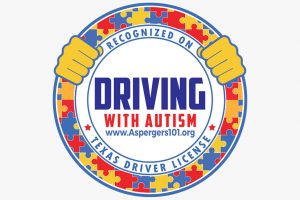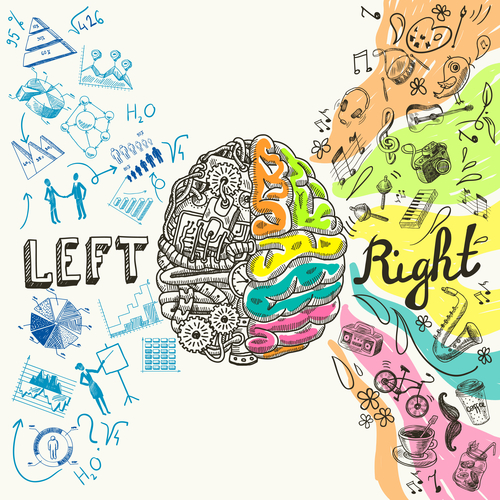4 Tips for Drivers with Aspergers to Get Comfortable Before They Hit the Road
Drivers with Aspergers like to have every detail in place in accordance with their personal preferences. They want to precisely change things like the climate control and the radio. These changes allow for comfort and, therefore, enjoyment while driving.

However, one thing to note is that the drivers may have trouble changing these things while they drive. The best thing to do is to make adjustments before the car rolls.
Here is a brief list of suggestions for the Aspergers driver to feel comfortable in their vehicle in order for them to focus only on the road while driving:
- Take any items out of pockets and find places for them in the car so that they are secure, but safely out of the driver’s way;
- Always wear a seatbelt, no matter what! Make sure that the driver adjusts the strap so that it is not painful or itchy;
- Purchase a solar shield that specifically fits the car and use the air conditioning during the hot days. Anybody, especially an Aspergers driver who has sensory hypersensitivity, could not bear to sit in a car with an excessively hot interior. During the warmer weather, use a solar shield and crank up the air conditioning to eliminate stifling heat; then drive when the inside cools down. The opposites apply to cold weather.
- Study the car and determine where all of the switches and buttons are so that the driver can quickly adjust while driving. It always helps to know where to find all of the specific gizmos in a car so that the driver can push the buttons without looking at them for more than a split second. Further, such features on the dashboard particularly intrigue Aspergers drivers, considering that they always feel compelled to know EVERY detail about their vehicle. Simply allow the driver to examine the car’s interior and to experiment with all of the various gizmos.
These constitute four of many things that certainly ensure driver comfort. The note to drivers is to identify what offers comfort and what does not and to always feel comfortable behind the wheel.
Learn more about AS101’s “Driving with Autism” here!
Please consider donating to help support this initiative.
DONATE TODAY
“Driving with Autism” is an Asp ergers101 series that educates and empowers the driver diagnosed with High-Functioning Autism or Asperger’s Syndrome. Aspergers101 has teamed up with the Texas DPS in training Texas State Troopers about the uniqueness of Autism and understanding the Autistic driver. This partnership is garnering encouraging results.
ergers101 series that educates and empowers the driver diagnosed with High-Functioning Autism or Asperger’s Syndrome. Aspergers101 has teamed up with the Texas DPS in training Texas State Troopers about the uniqueness of Autism and understanding the Autistic driver. This partnership is garnering encouraging results.
Article by Reese Eskridge

Reese Eskridge is a Production Technician with Fairville Products, who is passionate about working in the sciences (biology) and wishes to take his work experiences further into the fields of Educational Neuroscience; Science Fiction; Freelance Writing; Disability Advocacy; Public Speaking; Leadership and Entrepreneurship. Aspergers101 is proud to offer the insights and perceptions of the talented Mr. Eskridge, who is obviously living life on the spectrum to it’s fullest!
You may contact Reese at: reeseesk@udel.edu
Gabriela Lemos was born in Porto Alegre, Brasil, and was raised in San Antonio, Texas. She is currently a student at UTSA, graduating in December 2014 with a Bachelor degree in English. Brie states that she loves language and words, and the way in which people communicate with each other. She has always been interested and attracted to the autism community. “I find those on the spectrum to be incredible in so many ways, and I believe we can all learn from each other in our different strengths and weaknesses. I would love to use my talents to aid those who are not as strong in areas which I have confidence, and in turn receive an infinite amount of lessons and aid from those who I work with. Everything you send out, comes back to you, and I plan to practice sending out love and compassion every day”. We feel so fortunate to offer Brie’s talent of writing as well as her passion for autism awareness every week through our Aspergers101 Weekly.











